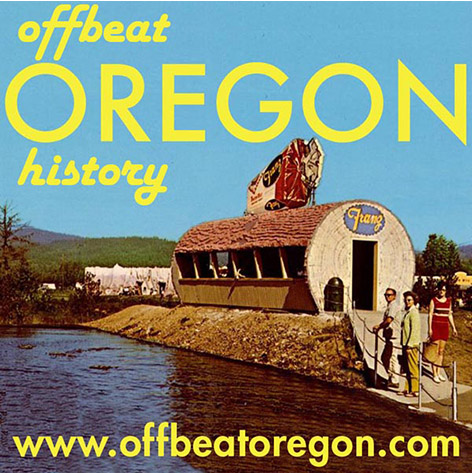CONTINUED FROM THE PRINT EDITION:
U.S. Army’s camel plan never quite caught on
The Army found the camels to be really great as beasts of burden, especially for crossing long stretches of dry country. They could carry two to four times as much weight as a mule could take on, and of course could travel much farther between water sources. But they quickly found they were absolutely awful for any actual military use. Soldiers hated working with them. In close formation, they often smelled atrocious, and their aroma frightened horses. Also, training a camel to do military things could be tricky. Camels chewed a cud, which they could spit with considerable force and accuracy. Many a soldier, trying to discipline a camel or just doing something nearby that alarmed the beast, found himself covered in gelatinous, putrid goo. “This, and the camels’ ability to defecate without any warning whatsoever to anyone standing in their rear (such as the lifting of a tail, as horses and mules do) quickly overrode whatever lovable or useful qualities they may have possessed,” writes military historian John Shapard. But as pack animals, they really were a marvel. The largest camels could carry 1,500 pounds of freight, which is more than many modern pickup trucks can haul. Unfortunately for the camels, just as their load-hauling capacities were starting to be appreciated, the Civil War broke out. The things the camels were good at were tasks that were no longer priorities for the Army now that there was a shooting war going on. And also, folks were acutely aware that the camels had been Confederate president Jefferson Davis’s pet project. There was another public-relations issue the camels had, too. In the few years just before the Civil War, a number of southern civilian shippers had started importing camels from Africa — or claiming to. There was, and is, plenty of reason to believe those shippers were smuggling slaves on those ships — the transatlantic slave trade had been outlawed years earlier, although slavery was still legal. Ordinarily slave ships could be identified by their large water tanks and by their awful smell, both of which were easily explained by a cargo of camels. There were, and are, people who wonder if this was the real, secret reason for future Confederate President Jefferson Davis’s enthusiasm for the camel-importation scheme.
|

Several circuses bought camels from the Army, and about 80 ranchers in the Southwest bought one or two as well. Others were just turned loose to shift as best they might in the wild, and for a while there was a population of wild camels roaming around Arizona. There’s an especially interesting legend around a camel known as the “Red Ghost” which supposedly had a saddle on it with a decomposing corpse tied to it — apparently a rider who suffered injuries that made it hard to stay in the saddle, who tied himself in place in the vain hope that the camel would carry him to safety. That story is a bit off topic for us, but is well worth looking up.
IN OREGON, A few of the surplus camels ended up on pack trains running supplies into remote mining camps. There are references in newspaper articles to camels being used on the Umatilla-to-Boise run in the 1860s, and from Walla Walla to the Kootenai mining district. Also, there were two camels on the steamship Brother Jonathan when it struck a hidden reef and sank while steaming to Portland in 1865. The doomed camels had been headed for mining operations in the Owyhee area of southeast Oregon. Pack-train operators seem to have really appreciated the brawny beasts. But within a few years, railroads had been built that pretty much eliminated the need for far-traveling beasts of burden in the backcountry, and the camels’ higher maintenance requirements compared with mules or horses just made them more trouble than most operators felt they were worth. So, like the Hudson Oil Company a century later, they just kind of faded from the scene, leaving only memories of scenes of picturesque incongruousness in the minds of folks who had been lucky enough to see one from a distance — and less pleasant memories in the minds of those unlucky enough to be standing directly behind one when Nature called!
|


